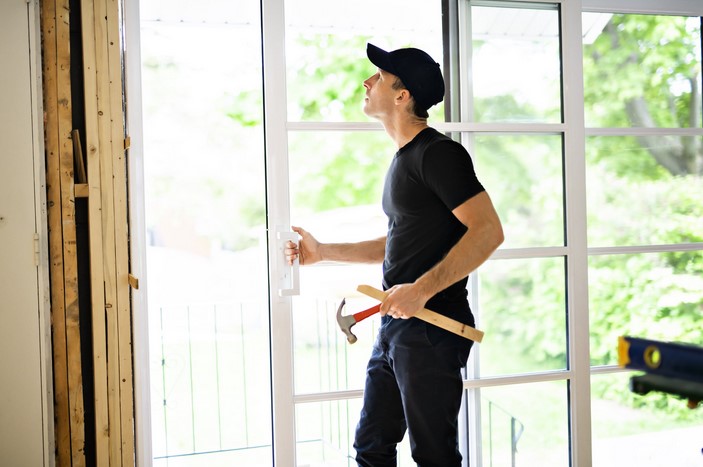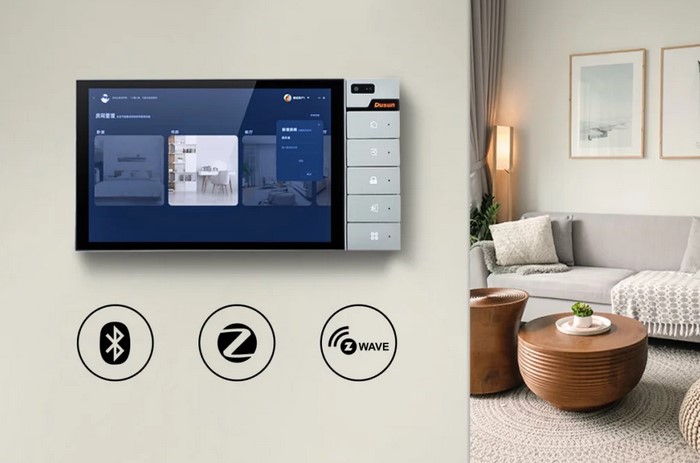
Sliding doors are a popular feature in many homes and businesses due to their space-saving design and seamless functionality. Whether you have patio doors, closet doors, or even sliding barn doors, these systems offer ease of use and a modern aesthetic. However, to ensure that they continue to operate smoothly, proper care and maintenance are essential. Regular sliding door maintenance not only improves their longevity but also keeps them functioning quietly and efficiently. In this article, we will explore key tips and best practices for maintaining your sliding doors, ensuring they operate flawlessly for years to come.
The Importance of Regular Sliding Door Maintenance
Sliding doors are often used multiple times throughout the day, whether it’s to access a balcony, pass through a room, or store items in a closet. Over time, the repetitive opening and closing can lead to wear and tear on the door’s components. Without regular care, these doors can become difficult to operate, develop squeaks, or even get stuck entirely. This can be especially frustrating when the door is part of your daily routine.
Fortunately, performing routine sliding door maintenance is relatively simple and can help you avoid expensive repairs or replacements. By following a few straightforward steps, you can ensure that your sliding doors continue to glide effortlessly and quietly, enhancing the overall functionality of your space.
1. Clean the Tracks and Rollers Regularly
One of the most important aspects of sliding door maintenance is keeping the tracks and rollers clean. Dirt, dust, and debris can accumulate in the tracks over time, causing the door to become difficult to slide. This buildup can also damage the rollers, which are responsible for the smooth movement of the door. Cleaning the tracks should be a priority for ensuring that the door operates smoothly.
How to Clean Sliding Door Tracks:
- Step 1: First, remove any visible debris from the track using a handheld vacuum or a small broom. Pay attention to corners where dirt can easily accumulate.
- Step 2: Use a damp cloth or sponge to wipe down the tracks, removing any dirt or grime. For stubborn stains, you can use a mixture of warm water and mild dish soap.
- Step 3: Once the tracks are clean, use a dry cloth to wipe them down to prevent moisture from causing rust or mold buildup.
- Step 4: Finally, inspect the rollers to ensure they are free from debris. If necessary, use a small brush to dislodge any particles from the roller area.
Regularly cleaning the tracks will prevent buildup and keep your sliding doors moving effortlessly.
2. Lubricate the Rollers
The rollers on your sliding doors are responsible for allowing the door to slide smoothly along the track. Over time, these rollers can wear out, become clogged with dirt, or lose their lubrication, causing the door to stick or become difficult to operate. To prevent this, it’s essential to lubricate the rollers periodically.
How to Lubricate Sliding Door Rollers:
- Step 1: First, clean the rollers thoroughly to remove any dirt or debris.
- Step 2: Use a silicone-based lubricant, which is ideal for sliding door rollers because it provides long-lasting lubrication without attracting dust and dirt.
- Step 3: Apply the lubricant to the rollers by spraying or applying a small amount directly onto the roller mechanism. Avoid using oil-based lubricants as they can attract dust and grime, which may cause further issues.
- Step 4: Open and close the door a few times to distribute the lubricant evenly across the rollers.
By keeping the rollers well-lubricated, you will maintain smooth operation and prevent unnecessary wear.
3. Check and Adjust the Alignment
If your sliding door begins to make noise or becomes difficult to slide, it could be a sign that the door is misaligned. Misalignment can occur due to shifting or settling of the door frame or worn-out components. Checking and adjusting the alignment of your sliding door ensures that it continues to glide without obstruction.
How to Check and Adjust Sliding Door Alignment:
- Step 1: Inspect the door for any signs of misalignment, such as gaps between the door and the frame or difficulty in opening or closing.
- Step 2: Look at the rollers and track for any visible signs of wear or damage. If the rollers are uneven or worn out, they may need to be replaced.
- Step 3: If your sliding door has adjustable rollers, use a wrench or screwdriver to adjust the height of the rollers to ensure the door is properly aligned. If the door is uneven, adjusting the roller height can help even out the gap and improve its movement.
- Step 4: Test the door to ensure that it opens and closes smoothly. If it still doesn’t operate properly, you may need to consult a professional for further adjustment or replacement of parts.
Proper alignment is key to preventing door damage and ensuring smooth, hassle-free operation.
Additional Tips for Sliding Door Maintenance
While cleaning the tracks, lubricating the rollers, and adjusting the alignment are the most critical aspects of sliding door maintenance, there are a few other considerations to keep in mind:
1. Inspect the Weather Stripping
Over time, the weather stripping around your sliding door can wear out, leading to drafts or energy loss. If you notice gaps or damaged weather stripping, replace it to improve energy efficiency and keep your home comfortable.
2. Regularly Inspect the Door’s Glass
If your sliding door includes a glass panel, check for any cracks or chips in the glass. Even small imperfections can lead to more significant damage if left unaddressed. If necessary, have the glass replaced by a professional.
3. Tighten Loose Screws
Sliding doors consist of several moving parts that can become loose over time. Periodically inspect the screws and bolts in the door frame, rollers, and track system, and tighten any that may have loosened. This will help prevent unnecessary movement and reduce the risk of malfunction.
Proper sliding door maintenance is essential for ensuring the smooth operation and longevity of your doors. By keeping the tracks clean, lubricating the rollers, and checking the alignment regularly, you can prevent common issues like sticking, squeaking, and difficulty in opening and closing. Additionally, small tasks like inspecting weather stripping and tightening screws will further enhance the performance of your sliding doors. With these sliding door maintenance tips, you can enjoy years of effortless operation and avoid the frustration of costly repairs. Regular care is the key to maintaining your doors’ functionality and keeping them in top condition for the long haul.
